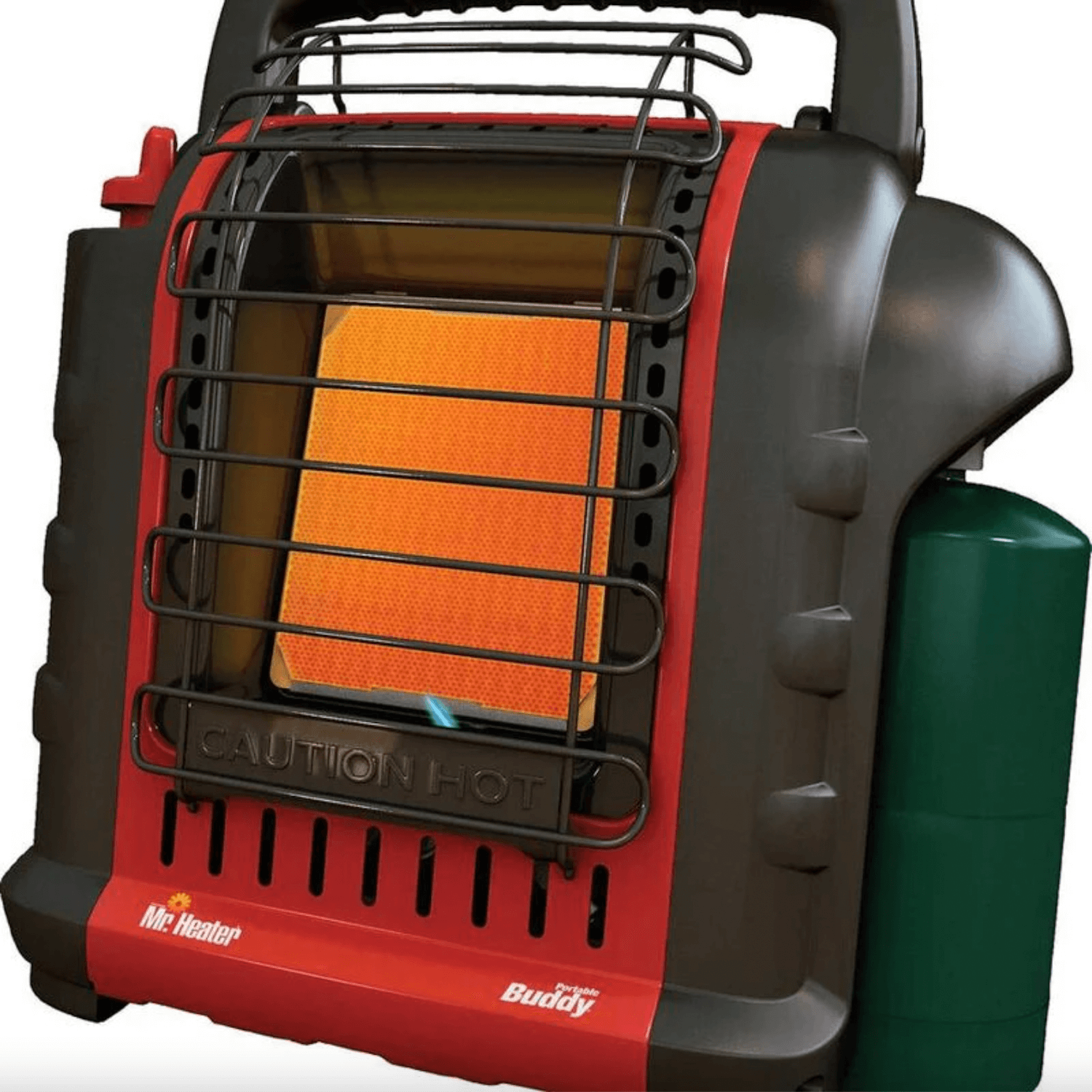The Basic Principles Of 1 Source Portable Air
The Basic Principles Of 1 Source Portable Air
Blog Article
1 Source Portable Air Things To Know Before You Get This
Table of ContentsThe 1 Source Portable Air DiariesA Biased View of 1 Source Portable AirSome Known Incorrect Statements About 1 Source Portable Air 1 Source Portable Air Can Be Fun For Everyone5 Easy Facts About 1 Source Portable Air Shown
Running costs are based upon an electrical energy cost of 40c/kWh. The costs for 3 months' usage in winter months are based on 500 hours use, or about 6 hours each day for three months. Maximum heat output is based on the optimum power level of the models we have actually checked (we focus on greater wattage heating systems).
On standard, little fan heaters are much less costly to buy, yet can have higher running expenses. Oil column heating systems will be the most inexpensive on the market to run (on average) however only by a narrow margin in advance of convection heaters (like panel and micathermic panels).
The Greatest Guide To 1 Source Portable Air
If you have a relatively easy to fix ceiling fan, it'll assist distribute the warmth around the area more evenly. The designs in our electric heaters examination typically array in rate from well under $100 to over $900, yet we've found a higher price doesn't always imply much better efficiency. A variety of expensive heating units have actually stopped working to thrill our testers, while some more affordable models make for surprisingly good buys.
As the name suggests, they radiate warmth from a heated home heating component (so the family members will have to take turns being in front of it). There are floor and wall-mounted models offered. Radiant heating units are relatively low-cost. They have a cosy glow and personal warming result, like resting in front of a fire.
Radiant heaters generally cost in between $20 and $200. Oil-filled column heating systems don't in fact burn oil they utilize power to heat up the oil that's sealed inside their columns or 'fins'.
6 Easy Facts About 1 Source Portable Air Explained
Some column heaters aren't even oil-filled however instead utilize various other product or home heating modern technology to work the same method - 1 Source Portable Air. The danger of fire with an oil column heating unit is reduced compared to other heating unit kinds, yet never ever absolutely no. Oil heating units do not have actually subjected aspects like glowing heating units do, and their surface temperature is reduced than many various other heating system kinds (their huge area offsets it)
Oil column heating units will not blow up, and while they do not shed their oil to produce heat, it's still flammable, so there is a fire risk if the oil leakages, if the heating system topple and leakages, or if combustible items or material enter contact or this website drop on the heater. You ought to exercise the very same level of caution with oil heaters when it comes to various other heating system kinds, and never hang towels or garments over one to completely dry them utilize a drying shelf instead, a minimum of one metre away.
Column heaters are specifically beneficial in spaces where they'll be activated for extended periods of time or where they'll run ignored, such as overnight in a room. The surfaces check my blog you're likely to discuss a column heating unit don't obtain as warm as various other sorts of electrical heaters. You can make use of a ceiling fan on very reduced speed to assist the column heating system to disperse the warm quicker and more equally.
If there's not much air activity (as an example, if you're resting reading or enjoying TV), the warm might not be distributed uniformly. Oil-filled column heating systems usually cost in between $50 and $450. Convection and panel heating systems draw chilly air over an electrical burner. The warmed up air then leaves the heating unit and climbs towards the ceiling, while cooler air relocate to change it.
The 15-Second Trick For 1 Source Portable Air

Convection and panel heating units are more mobile than their oil-filled column heating system equivalents due to the fact that they're significantly lighter. They'll heat the air in a room evenly and quickly. Like a column heater, you can use a ceiling follower on helpful resources very low speed to disperse the warmth much faster and a lot more uniformly. Some designs, particularly panel heaters, are comparatively expensive to acquire.

The 7-Second Trick For 1 Source Portable Air
Follower heating units are typically smaller and a lot more portable than various other electrical heating units. They additionally are available in the type of tower fan heating systems, which can be better for dispersing warmth around larger rooms due to their taller account. They can heat the air in a room more quickly, equally and rapidly than some various other heater types.
They can be fairly noisy with the follower on complete power, though are generally reasonably peaceful at reduced fan speeds. Follower heating systems (ceramic or otherwise) generally expense between $60 and $900. Ceramic fan heating systems aren't necessarily any type of various in cost to non-ceramic models. A reasonably recent entrant right into the customer market, infrared heaters heat the space like the sunlight warms your face (without the UV rays so no threat of skin cancer). 1 Source Portable Air.
Report this page